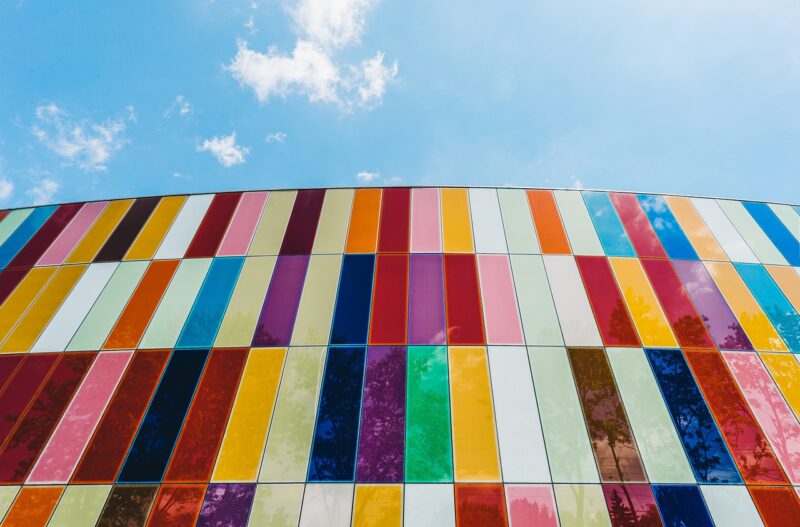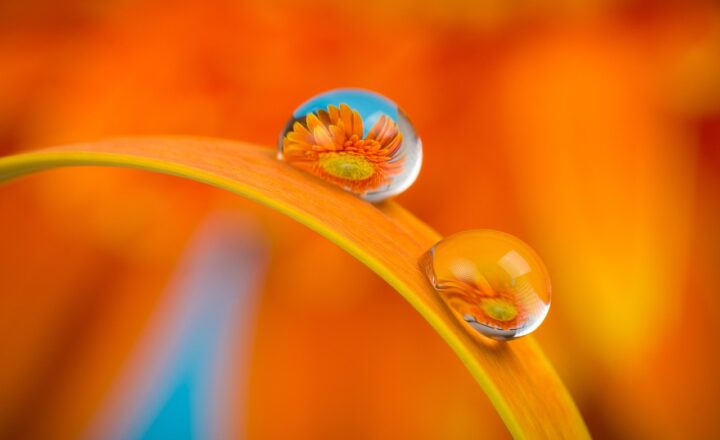The Science of Color: How Different Shades Affect Your Mood and Mind
November 10, 2024

Colors are everywhere, shaping our experiences and influencing our emotions on a subconscious level. From the clothes we wear to the environments we inhabit, colors can significantly impact our feelings and behaviors. The fascinating interplay between color and psychology has been a subject of interest for researchers and artists alike. In this article, we will delve into how different colors affect our mood and mind, exploring their psychological effects and applications in various fields such as marketing, design, and personal well-being.
1. The Psychology of Color: An Overview
The psychology of color studies how colors influence human behavior, emotions, and perceptions. This field suggests that colors evoke specific feelings and actions based on cultural associations and personal experiences. For instance, red may be associated with passion or danger, while blue can invoke feelings of calm and tranquility.
Research has shown that color can influence everything from productivity in the workplace to appetite in restaurants. The right choice of color can enhance effectiveness in advertising, branding, and even therapy sessions. Understanding these underlying psychological principles can help us harness the power of color to improve our lives.
2. How Different Colors Affect Mood
Let’s explore how specific colors can impact mood and emotional state:
- Red: Often associated with excitement, energy, and passion, red can also increase feelings of aggression or urgency. It is frequently used in marketing to attract attention and stimulate appetite. However, too much red can lead to feelings of anxiety or stress.
- Blue: This color tends to invoke feelings of calmness, serenity, and trust. It is often used in corporate branding to convey reliability. Research suggests that blue light can reduce stress and has a calming effect on the mind, making it ideal for creating peaceful environments.
- Yellow: Seen as the color of sunshine, yellow is often associated with happiness and optimism. It can stimulate a sense of energy and creativity. However, excessive use of yellow may lead to feelings of frustration, as it can become overwhelming in large amounts.
- Green: Symbolizing nature and growth, green is known for its calming effects and ability to promote harmony. It is often used in settings designed for relaxation, such as hospitals and spas. Green can reduce anxiety and enhance feelings of tranquility and balance.
- Purple: Often associated with luxury, power, and creativity, purple can evoke feelings of mystery and spirituality. It is often used in self-care and wellness products to trigger a sense of tranquility and inspire imagination.
- Orange: A vibrant and energetic color, orange combines the enthusiasm of red with the cheerfulness of yellow. It can evoke feelings of excitement, warmth, and motivation, making it an excellent choice for encouraging social interactions and stimulating creativity.
- Black: While often associated with sophistication and elegance, black can invoke feelings of sadness or despair when overused. It can signify depth and emotion. In design, it is often used to create contrast and highlight other colors.
- White: This color symbolizes purity, simplicity, and cleanliness. It can evoke feelings of clarity and freshness. However, too much white can lead to feelings of emptiness or isolation.
By understanding these associations, we can choose colors that align with our desired emotional states and environments.
3. Applications of Color Psychology
Color psychology has numerous practical applications across various fields:
3.1 Marketing and Branding
Marketers often utilize color theory to influence consumer behavior. For instance, brands strategically select colors to create specific associations with their products or services. Fast-food chains often use red and yellow because these colors stimulate appetite and increase speed in decision-making.
3.2 Interior Design
Interior designers use color to create desired atmospheres within spaces. For instance, a relaxing bedroom might incorporate soothing blues and greens, while a lively living room may feature vibrant oranges and yellows. The strategic use of color can greatly enhance the mood and functionality of a room.
3.3 Art and Therapy
Artists often use color to convey emotions and messages within their works. Art therapy also leverages the effects of color to facilitate expression and healing. Different colors can evoke various feelings, allowing individuals to explore their emotions more deeply.
3.4 Fashion
The clothing we wear can significantly affect our mood and the perceptions of others. Many psychological studies suggest that dressing in bright colors can enhance mood, while wearing darker shades can lead to feelings of sadness or introspection. Understanding this interplay helps individuals select outfits that align with desired emotional states.
4. The Science Behind Color Perception
Color perception is not just subjective; it’s also rooted in science. The human brain processes color through a complex system involving the eyes and visual pathways:
- When light enters the eyes, it hits photoreceptors called cones that are sensitive to different wavelengths corresponding to red, green, and blue.
- The brain then interprets these signals and creates the perception of various colors based on the combination of light wavelengths that are detected.
- Different cultures may perceive colors differently due to language, symbolism, and traditional beliefs, further influencing emotional responses.
Understanding the science behind color perception can enrich our appreciation for its effects on mood and behavior.
5. How to Use Colors to Improve Your Mood
Given the strong connection between color and mood, you can intentionally use colors to enhance your emotional wellbeing:
- Choose Colors Wisely: Incorporate your favorite colors into your environment and wardrobe to lift your spirits. For instance, if you find that blue brings you peace, consider painting your bedroom in soothing shades of blue.
- Incorporate Color into Your Day: Surround yourself with colors that inspire positivity. Use brighter colors in your decor or clothing to promote a sense of happiness and energy.
- Engage with Nature: Spend time outdoors and enjoy the colors of nature. Studies show that exposure to natural greens and blues can enhance feelings of calmness and relaxation.
- Use Color in Creative Outlets: Engage in art, crafts, or design projects that allow you to play with color. Expressing yourself through color can be a therapeutic way to improve your mood and enhance creativity.
By consciously integrating colors that positively affect your emotions, you can create a more vibrant and joyful living environment.
Conclusion
Color is a powerful tool that shapes our mood and experiences in significant ways. By understanding the psychological effects of different shades, we can leverage color to improve our mental wellbeing, enhance our environments, and create more effective marketing strategies. Whether you want to energize your space or cultivate a sense of calm, the right colors have the potential to transform your emotional landscape.
So next time you find yourself feeling down or overwhelmed, consider the role color plays in your environment—the simple act of adjusting your surroundings with intentional colors could make a world of difference.








